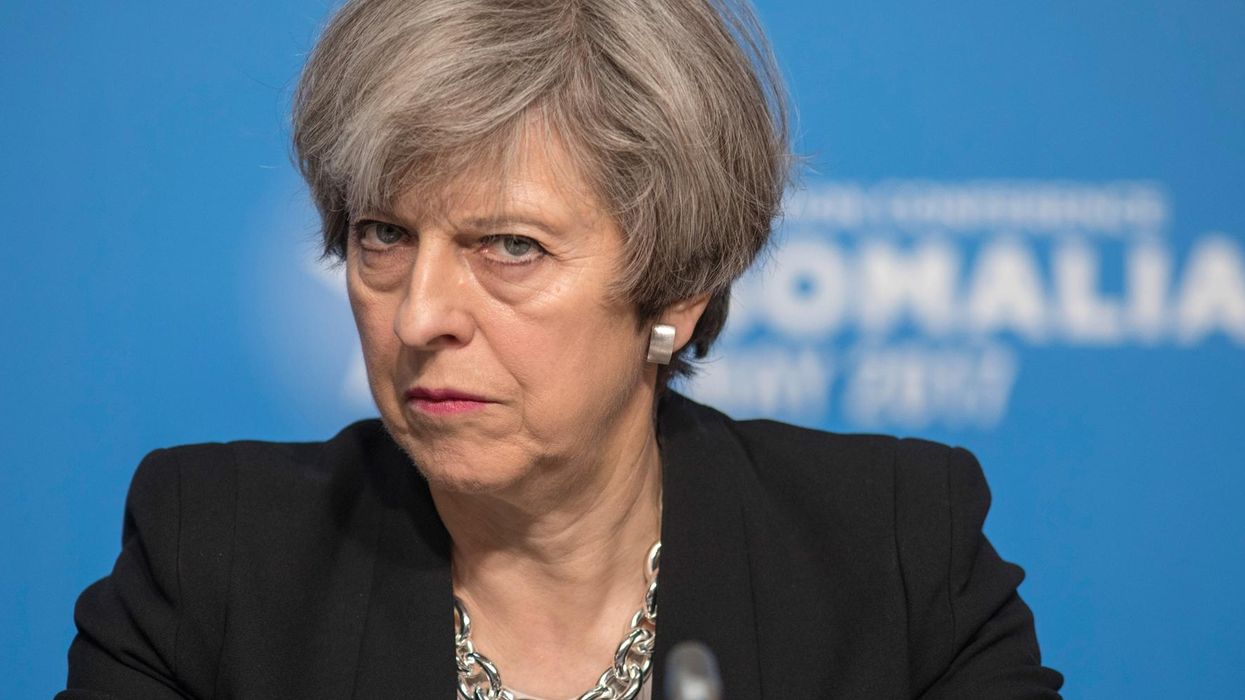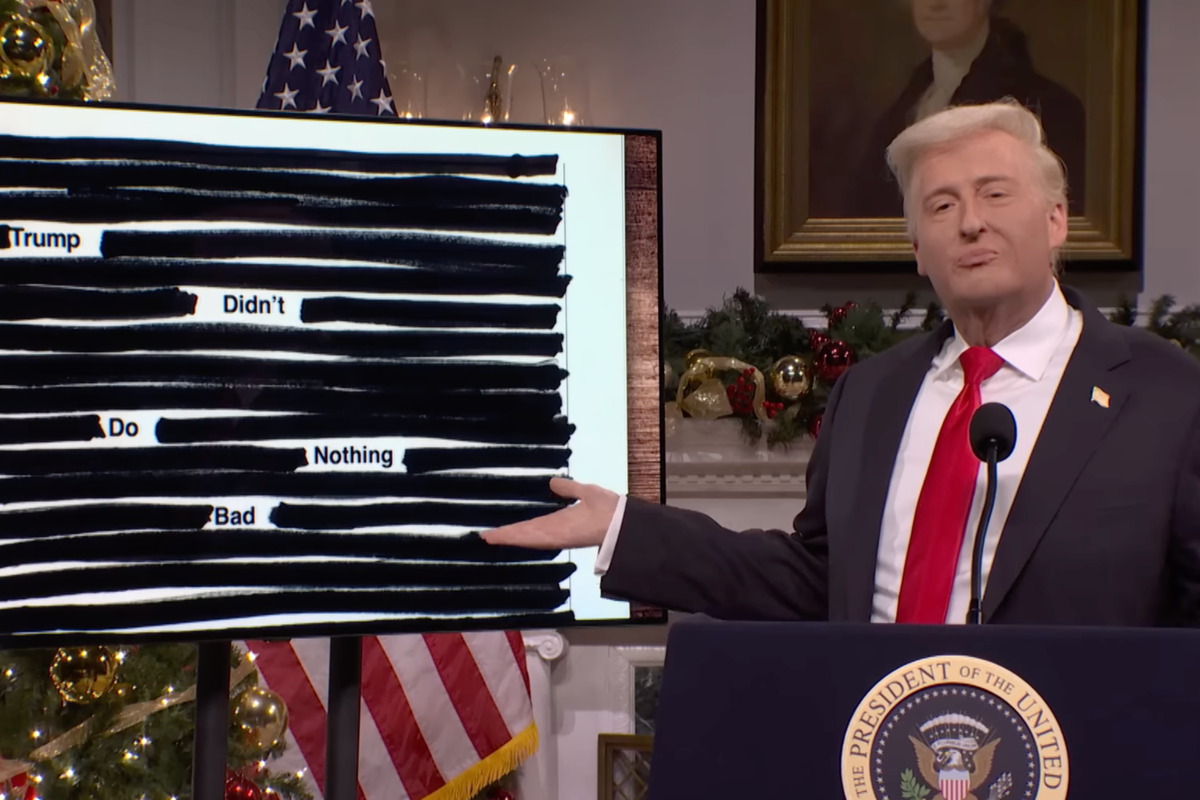News
Bridie Pearson-Jones
May 11, 2017

Picture:
Jack Hill - WPA Pool/Getty Images
Last Thursday, there were local elections across the UK.
They took place in 88 councils; in England there were 2,370 seats contested in 27 county councils, six unitary authorities, one metropolitan authority and two mayoralties. All of the councils in Scotland and Wales were be up for election.
Due to the snap election taking place in June, pollsters and pundits across the country kept their eyes closely on this election, touting it as an indicator of what may go down.
All signs pointed to it looking really really bleak for Labour and great for the Conservatives; as the results showed Conservatives gaining 558 seats, Labour losing 320 seats, Lib Dems losing 37 seats, SNP gaining 31 seats, Plaid Cymru gaining 26 seats, Green gaining six seats, UKIP losing all 114 seats, and Independent candidates losing 170 candidates.
However was it as good for the Tories as we initally thought?
A tweet from Tactical2017, the people behind that spreadsheet-turned-website about how to stop the Tories, shows that actually Conservatives did worse than predicted.
The last polls on Thursday showed Tories on 46 per cent, Labour on 29 per cent and Lib Dems on 9 per cent.
And the actual results showed Tories on 38 per cent of the vote, Labour on 27 per cent of the votes and Lib Dems on 18 per cent of the vote.
In reality, Labour only did slightly worse than expected, Conservatives did a lot worse, and the Lib Dems did twice as well as they hoped.
A few things are worth nothing however...
Local elections aren't actually a great indicator of national elections, especially only when pockets of the country voted. Because of first past the post system, these numbers aren't a direct correlation of vote share but an example number of seats. If the Tories got the same vote share (39 per cent), they'd win 351 seats (54 per cent). Similarly, Labour would get 208 seats (32 per cent of total seats), and the Lib Dems would get 9 seats (2.75 per cent of the total).
Furthermore, the polls showed Westminster voting intention, people can vote differently between the two. Notoriously, local elections aren't a great guide to the subsequent general election.
The last five general elections have been fought on the same day as local elections, so when people vote at the same time they tend to vote the same way.
The last time local and general elections happened in the same year but on different days was in the 1980s.
In 1983 and 1987 Margaret Thatcher called an election immediately after the local elections - so like this year - they were within a month of each other.
In the 1983 local election, the Conservatives won 39 per cent, in the General election they won 44 per centof the vote.
Similarly in 1987, there was a five percentage point gap between the winners in local and general election votes.
More: The spreadsheet for strategic voting against the Tories is now a website
Top 100
The Conversation (0)












